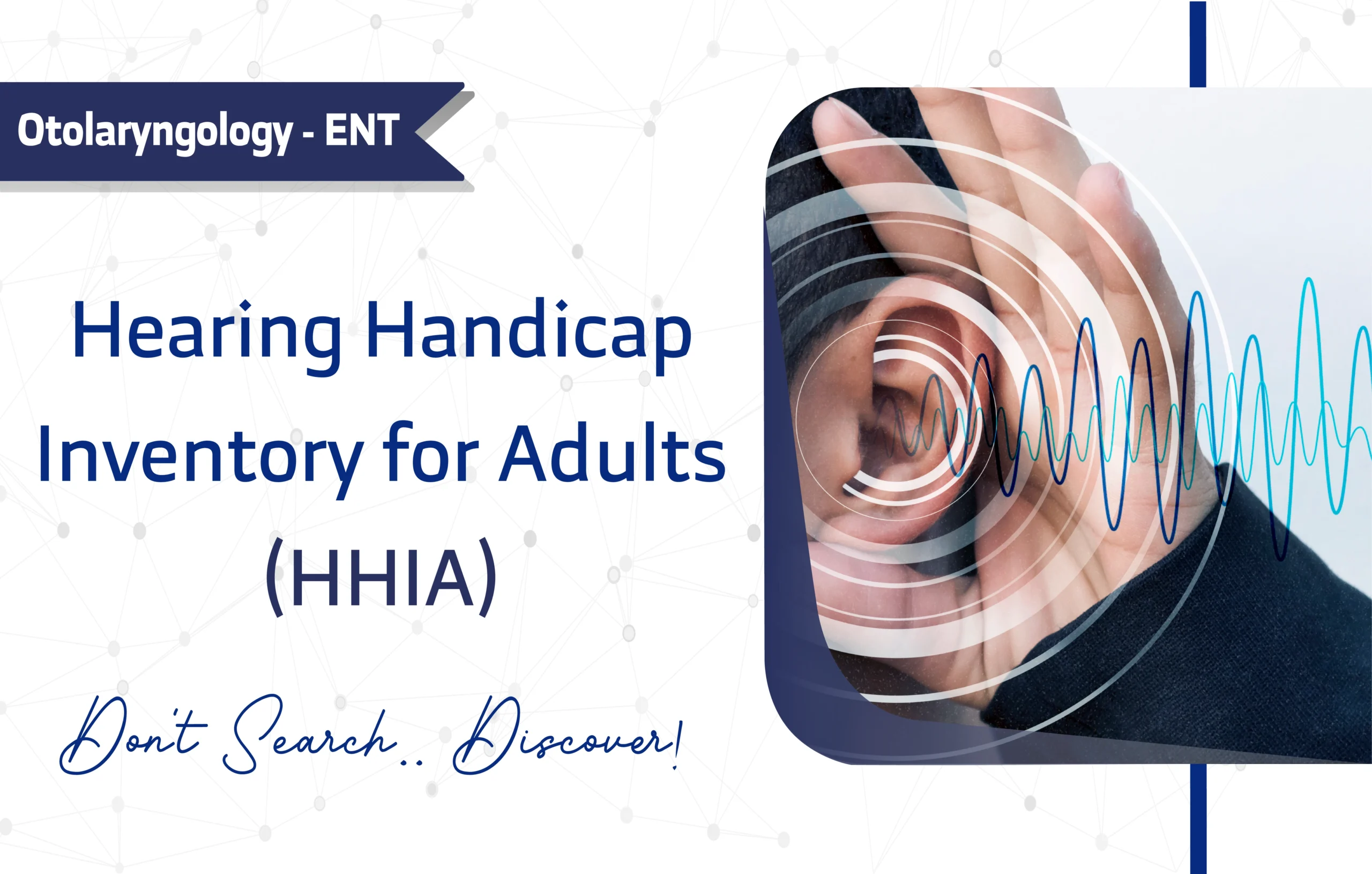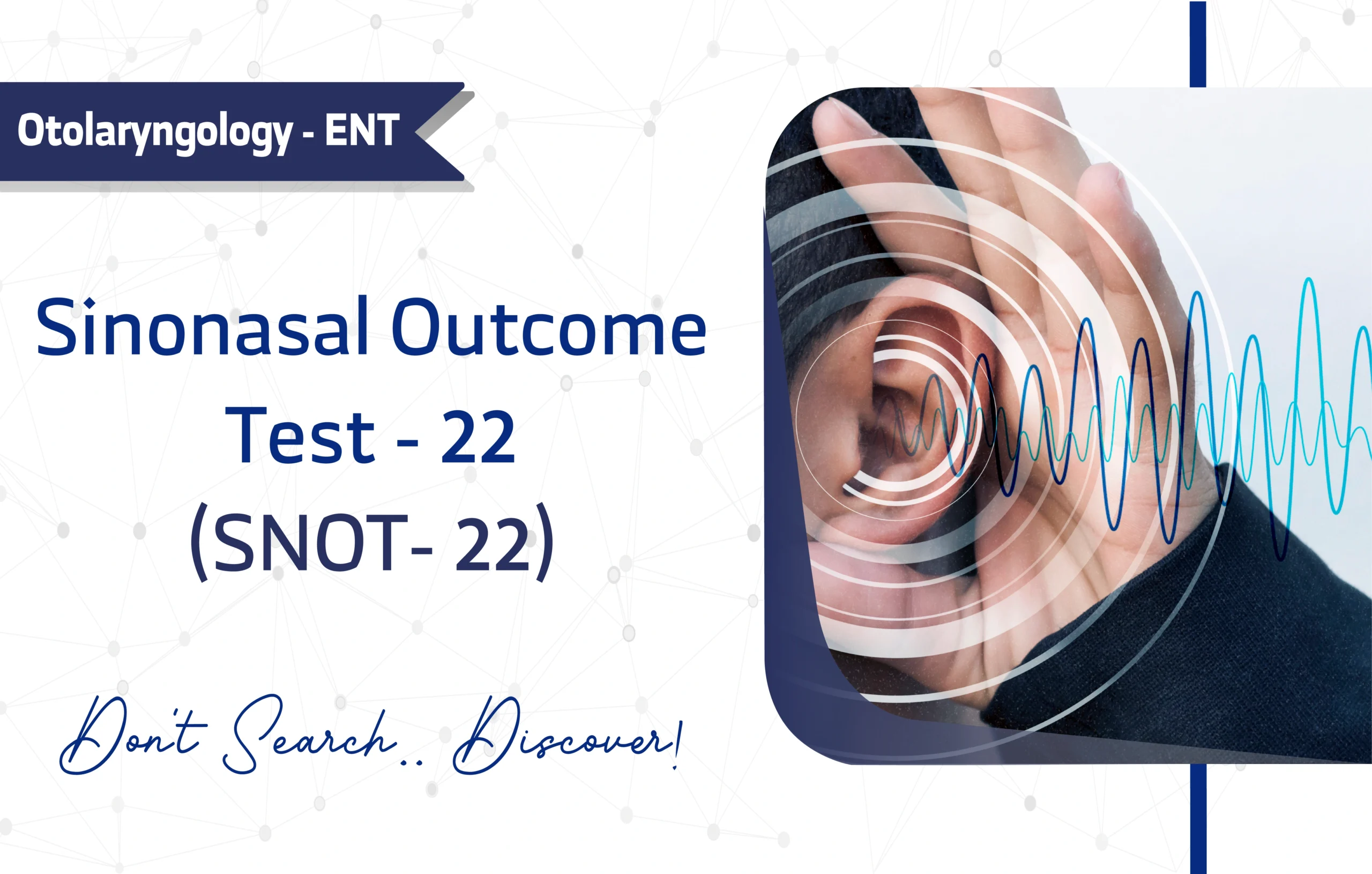Introduction
The American Shoulder and Elbow Surgeons (ASES) Score, developed by Richards et al. in 1994, is a powerful patient-reported outcome measure that revolutionizes shoulder function assessment (Richards et al., 1994). With over 2,000 Google Scholar citations, it’s a cornerstone for evaluating pain and disability in shoulder conditions like rotator cuff tears (Michener et al., 2002). Orthopedic surgeons rely on it to guide clinical decisions, while researchers use it to measure surgical outcomes. For instance, its focus on daily activities ensures precise insights into patient experiences.
Consequently, this guide delves into the ASES Score’s structure, validation, and applications, equipping clinicians and researchers with tools to enhance shoulder care. From scoring details to clinical utility, we provide a comprehensive resource for advancing orthopedic practice (Angst et al., 2011).
Key Features of the American Shoulder and Elbow Surgeons (ASES) Score
Purpose and Use
The ASES Score evaluates shoulder function, pain, and disability in patients with conditions like rotator cuff tears. Clinicians use it for outcome measurement, while researchers apply it in studies on surgical interventions. For example, its standardized approach ensures reliable comparisons in clinical trials.
Target Population
Developers validated the ASES Score for adults aged 18 and older, including:
- Young Adults (18–24 years)
- Middle-Aged Adults (25–44 years)
- Older Adults (45–64 years)
- Seniors (65+ years)
It targets patients with shoulder conditions, ensuring relevance in orthopedic clinics and research settings. Therefore, it suits studies on shoulder pathologies.
Structure
Richards and colleagues designed the ASES Score with 17 items, though only 11 (1 pain, 10 activities of daily living [ADL]) contribute to the official score. The domains include:
- Pain (1 item: visual analog scale [VAS])
- Function 10 ADL items: Examples include:
- Putting on a coat (assesses external rotation and arm elevation).
- Sleeping on the affected side (evaluates nighttime pain and comfort).
- Washing the back/fastening a bra (measures internal rotation and reaching)
Each ADL item uses a 4-point Likert scale (0 = unable, 3 = no difficulty), and the VAS ranges from 0 (no pain) to 10 (worst pain). Thus, it captures both subjective and functional shoulder impairments.
Scoring Method
The ASES Score ranges from 0 to 100, with 0 indicating the worst function and 100 the best. The score combines two subscores:
- Pain Subscore (0–50 points): Patients rate pain on a 0–10 VAS (0 = no pain, 10= worst pain).The raw VAS score is converted to a 0–50 scale using the formula:(10 – VAS score) × 5
- Function Subscore (0–50 points): The 10 ADL items are scored on a 0–3 Likert scale (0 = unable, 3 = no difficulty), yielding a raw total of 0–30. This is transformed to a 0–50 scale using the formula:(raw ADL score ×5)÷ 3
The total ASES Score is the sum of the pain and function subscores. No universal cut-off scores exist, but several studies have proposed thresholds to categorize shoulder function :
- 0–30: Poor function
- 31–50: Fair function
- 51–70: Good function
- 71–90: Very good function
- 91–100: Excellent function
Administration Format
The ASES score takes less than 5 minutes to administer, making it highly efficient. Healthcare providers can conduct the ASES using:
- Paper-based forms
- Digital (Online) platforms
- In-person interviews
- Mobile app
Applications of the American Shoulder and Elbow Surgeons (ASES) Score
The ASES Score serves multiple roles in clinical practice and research:
- Screening: Clinicians identify patients with significant shoulder disability, signaling intervention needs.
- Monitoring: Researchers track functional changes post-treatment, such as after rotator cuff repair.
- Diagnosis: Professionals use it to assess shoulder impairment severity, complementing clinical exams.
- Treatment Planning: Specialists tailor interventions (e.g., surgery, physical therapy) based on scores.
- Research: Investigators use the ASES Score in clinical trials to evaluate shoulder interventions, advancing evidence-based care.
For instance, a low score might prompt surgical consultation, while researchers analyze functional outcomes.
Languages and Availability
Translators adapted the ASES Score into multiple languages for global use, including:
- Arabic
- English
- Mandarin Chinese
- Spanish
- French
- German
- Portuguese
As a result, its multilingual accessibility supports diverse clinical and research contexts.
The ASES Score is free for academic and clinical use, published by the American Shoulder and Elbow Surgeons (ASES) and copyrighted by the Journal of Shoulder and Elbow Surgery (Richards et al., 1994). Users may need permission for commercial use.
However, its accessibility makes it practical for researchers, with minimal barriers to adoption.
Reliability and Validity
Studies confirm the ASES Score’s high reliability, with a Cronbach’s alpha of 0.86 for internal consistency (Michener et al., 2002). Its test-retest reliability is strong, with an ICC of 0.84, as reported by Michener et al. (2002) for the English version. However, Angst et al. (2011) note an ICC of 0.96 for a German translation, citing Goldhahn et al. (2008), indicating excellent reliability in that context.Moreover, its focus on pain and function ensures clinical relevance. For example, it reliably tracks post-surgical recovery.
Limitations and Consideration
Despite its strengths, the ASES has a few limitations:
- Self-report: Respondents may be influenced by social desirability bias or personal interpretation.
- Narrow Focus: It primarily assesses pain and ADL, potentially missing psychological or social impacts.
- Cultural Adaptation: Some ADL items (e.g., fastening a bra) may require adjustments for cultural relevance.
Other Versions of the ASES Score
Developers created alternative versions of the ASES Score:
- Modified ASES: Adjusted for specific shoulder conditions.
- ASES-S: Simplified version for streamlined assessment.
- p-ASES: Patient-specific adaptations.
- ASES-PT:Physical therapy-focused version.
- ASESp-HC:Health condition-specific variant.
These versions offer flexibility for tailored clinical or research needs.
Additional Resources
- Original Validation Study: study link
- Access ASES: ASES PDF
- For inquiries, contact: American Shoulder and Elbow Surgeons
Further validation study:
- Validation Study 1: study link
- Validation Study 2: study link
- Additional ASES resources: Journal of Shoulder and Elbow Surgery
Frequently Asked Questions (FAQ)
- Who can use the ASES Score?
Orthopedic surgeons, clinicians, and researchers use the ASES Score for adults aged 18+ with shoulder conditions.
How long does it take to complete the ASES Score?
Patients typically take less than 5 minutes to complete the ASES Score, ideal for clinical settings- How is the ASES Score administered?
Healthcare teams administer the ASES Score via paper, digital, or mobile app formats, offering flexibility.
- Is there any cost to using the ASES Score?
The ASES Score is free for non-commercial use; commercial use may require permission from ASES.
A word from ResRef about the American Shoulder and Elbow Surgeons (ASES) Score
The ASES Score is a validated, standardized tool for assessing shoulder function and pain, guiding clinicians and researchers in orthopedic care. Its focus on pain and daily activities makes it ideal for evaluating treatment outcomes, despite some limitations.
References
- Richards, R. R., An, K. N., Bigliani, L. U., Friedman, R. J., Gartsman, G. M., Gristina, A. G., Iannotti, J. P., Mow, V. C., Sidles, J. A., & Zuckerman, J. D. (1994). A standardized method for the assessment of shoulder function. Journal of Shoulder and Elbow Surgery, 3(6), 347–352. ePub November 1994. link
- Angst, F., Schwyzer, H. K., Aeschlimann, A., Simmen, B. R., & Goldhahn, J. (2011). Measures of adult shoulder function: Disabilities of the Arm, Shoulder, and Hand Questionnaire (DASH) and its short version (QuickDASH), Shoulder Pain and Disability Index (SPADI), American Shoulder and Elbow Surgeons (ASES) Society standardized shoulder assessment form, Constant (Murley) Score (CS), Simple Shoulder Test (SST), Oxford Shoulder Score (OSS), Shoulder Disability Questionnaire (SDQ), and Western Ontario Shoulder Instability Index (WOSI). Arthritis Care & Research, 63(S11), S174–S188. ePub November 2011. link
- Michener, L. A., McClure, P. W., & Sennett, B. J. (2002). American Shoulder and Elbow Surgeons Standardized Shoulder Assessment Form, patient self-report section: Reliability, validity, and responsiveness. Journal of Shoulder and Elbow Surgery, 11(6), 587–594. ePub November 2002. link









1 thought on “American Shoulder and Elbow Surgeons (ASES) Score: A Full Guide for Researchers and Clinicians”
I highly commend the site for being such a well-organized and reliable hub for validated clinical and research questionnaires; it’s extremely helpful.